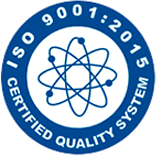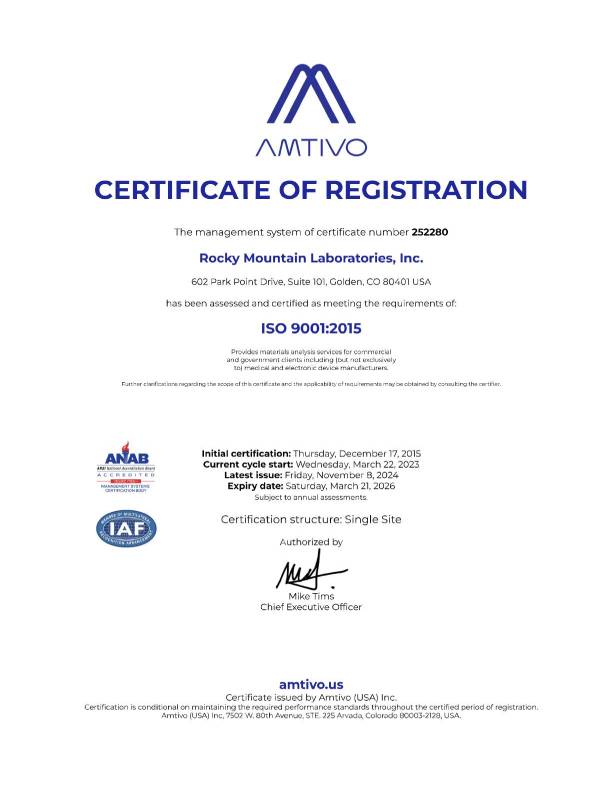Fourier Transform Infrared (FTIR) spectroscopy is a vital tool for the characterization and evaluation of catalysts in both research and industrial settings. Catalysts often involve complex surface chemistries and dynamic reactions, making FTIR’s ability to detect molecular vibrations and functional groups indispensable for understanding their behavior and performance. Whether monitoring active sites, tracking reaction intermediates, or assessing deactivation mechanisms, FTIR provides rapid, non-destructive, and chemically informative analysis.
Why FTIR for Catalyst Analysis?
Catalysts are typically composed of metals, metal oxides, or supported materials that undergo surface interactions during chemical reactions. FTIR is uniquely suited for catalyst studies because it can identify functional groups such as hydroxyl (-OH), carbonyl (C=O), nitro (-NO₂), and amine (-NH₂) which exhibit strong IR absorption, which can be detected even in trace amounts on catalyst surfaces.
Applications of FTIR in Catalysis
FTIR analysis of catalysts can be used for:
- Surface Characterization: Determine the functional groups present on catalyst surfaces, such as acidic or basic sites.
- Monitoring Reaction Mechanisms: Observe intermediates and products during catalyzed reactions in situ.
- Quality Control: Ensure consistency of catalyst batches during manufacturing and compare fresh vs. spent catalyst spectra.
FTIR Sampling Techniques for Catalysts
The choice of sampling technique depends on the catalyst form and the nature of analysis:
- Diffuse Reflectance Infrared Fourier Transform Spectroscopy (DRIFTS): Common for powdered catalysts, allowing in situ or operando analysis during gas-phase reactions.
- Transmission FTIR: Used when catalysts can be deposited on IR-transparent substrates (e.g., KBr pellets).
- Attenuated Total Reflectance (ATR-FTIR): Suitable for surface coatings or thin catalyst layers.
Proper sample handling is critical, especially to avoid contamination and preserve surface characteristics. Drying and degassing may be necessary before analysis.
Interpretation and Insights
FTIR spectra are interpreted by analyzing peak positions, shapes, and intensities. For example:
- Carbonyl peaks (~1700 cm⁻¹) may indicate oxidation products.
- Hydroxyl groups (~3200–3600 cm⁻¹) can suggest surface hydration or hydroxylation.
- Peak shifts or new bands often signify adsorption or surface modification.
FTIR spectroscopy is a cornerstone technique in catalyst research and development. Its ability to deliver molecular-level insights into surface chemistry, reaction dynamics, and degradation processes makes it invaluable for optimizing catalyst formulations and processes. As catalytic systems grow more complex and demand greater precision, FTIR will remain an essential tool for materials scientists and chemical engineers striving to understand and innovate in the field of catalysis.



